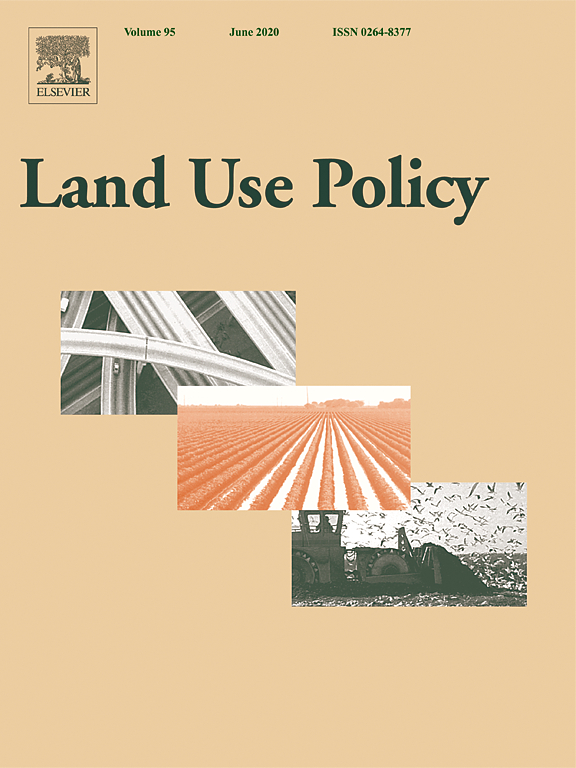Hybrid land tenure administration in Dunoon, South Africa
Hybrid land tenure administration occurs in a number of South Africa’s state-subsidised housing projects and in the informal settlements from which the housing beneficiaries tend to be drawn. Ownership is the tenure form in most of these housing projects. Under ownership the law only recognises registered land transactions. Non-government tenure administration in Dunoon was organised by street and area committees that are part of the local South African National Civics Association (SANCO) branch, a community based organisation (CBO).



